Food names come from many different places. Raw materials often trace their etymologies back thousands of years. “Onion,” for instance, is believed to derive the Latin “unio,” meaning union, because the onion didn’t put out any shoots, so was considered a single thing. “Salmon” also has Latin roots, and is probably related to the verb “salire,” to leap, describing the fish’s behavior as it jumps in and out of the water during migration.
When it comes to actual dishes, all bets are off, and some food names are intentionally misleading, a kind of culinary joke. The melted cheese preparation we usually call Welsh rarebit was originally “Welsh rabbit” — the implication being that a citizen of Wales too poor to buy a rabbit for dinner, or too incompetent to shoot one, would end up eating cheese instead. (Scotch woodcock — not a game bird but lightly scrambled eggs on anchovy-flavored toast — is a related concept.) And more than one waiter out West has doubtless enjoyed seeing diners realize that the Rocky Mountain oysters they ordered aren’t bivalves at all, but breaded and fried slices of calf or bull testicle.
Contemporary chefs are sometimes given to flights of fancy. The 1980s Denver restaurant Rattlesnake Club offered diners such mysterious-sounding fare as “Squid attacked by bidimensional piranhas” and “nuclear explosion in the pumpkin patch.” Today, the Italian chef Massimo Bottura, at his Michelin three-star Osteria Francescana in Modena, might serve such things as “A potato that wants to become a truffle,” “Lentils are better than caviar,” or “This little piggy went to market.”
There are also a lot of dishes named for the places they came from originally or were shipped from or the places where they grow particularly well (it’s no coincidence that the lima bean trade was big in Lima, Peru) — and there are many foods, both basic ingredients and culinary creations, that are named for people. Perhaps the best-known example is something a lot of us probably eat almost daily — the sandwich, whose moniker comes courtesy of John Montagu, the 4th Earl of Sandwich in the 18th century, who didn’t invent the idea of putting meat between two slices of bread but who reportedly did it so often than his name became synonymous with it. (Read about the 30 most iconic sandwiches in America.)
There are hundreds if not thousands of other foods named for people in various cuisines around the world. To assemble a list of 25 of the most famous or interesting of them, 24/7 Tempo consulted sources including Food Timeline, Britannica, the Oxford English Dictionary, and a hard copy of Larousse Gastronomique, an encyclopedia of gastronomy.
Click here for a list of 25 foods you didn’t know were names for real people.
Bibb lettuce
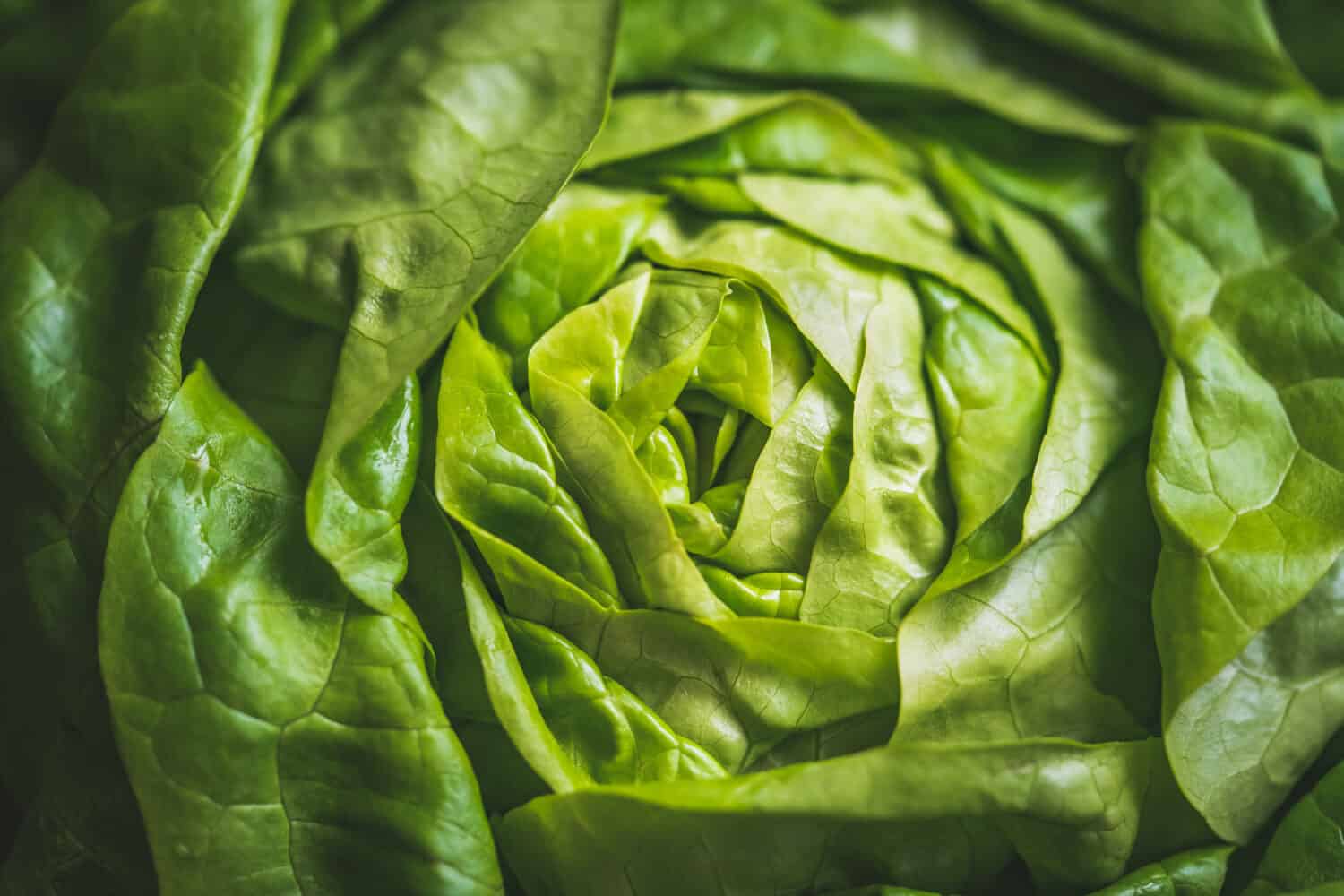
- What it is: Head lettuce with loose leaves, also called Boston lettuce
- Who it’s named for: 19th-century horticulturist John B. Bibb
Caesar salad
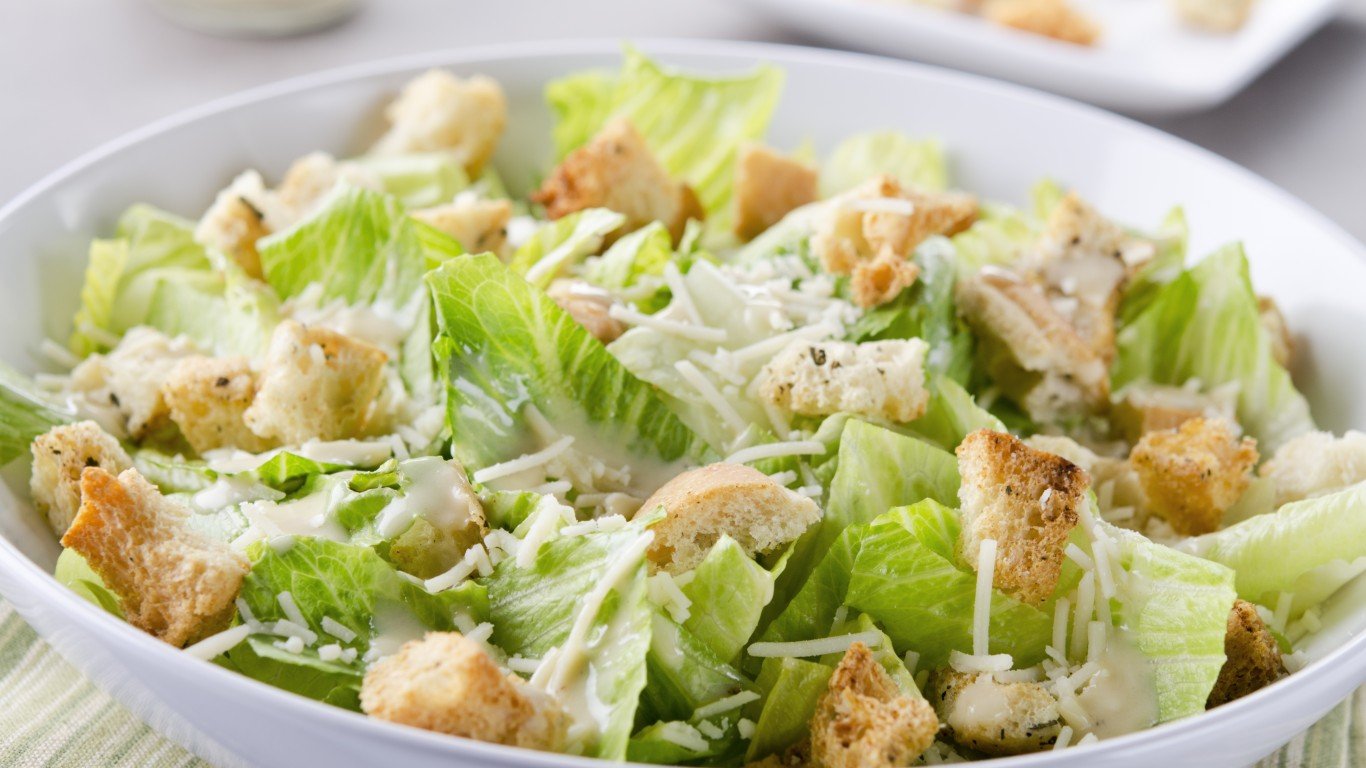
- What it is: Romaine lettuce with croutons, parmesan cheese, and a dressing including olive oil, lime juice (originally), Worcestershire sauce, and mustard
- Who it’s named for: Tijuana-based Italian chef and hotelier Caesar Cardini, said to have created it in 1924
Cobb salad
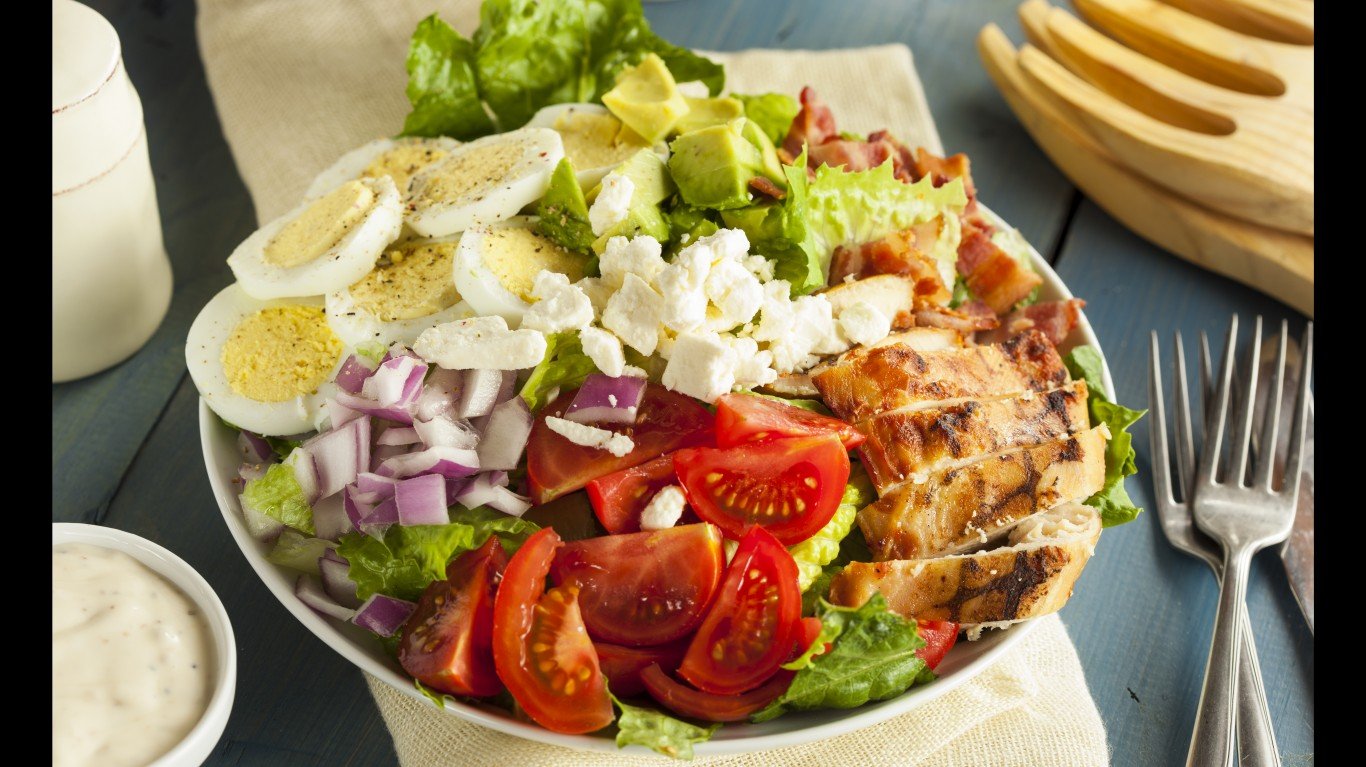
- What it is: Greens with chopped chicken breast, avocado, tomato, bacon, hard-boiled eggs, and other ingredients
- Who it’s named for: Los Angeles restaurateur Robert Cobb at the Hollywood Brown Derby, circa 1938
Boysenberry
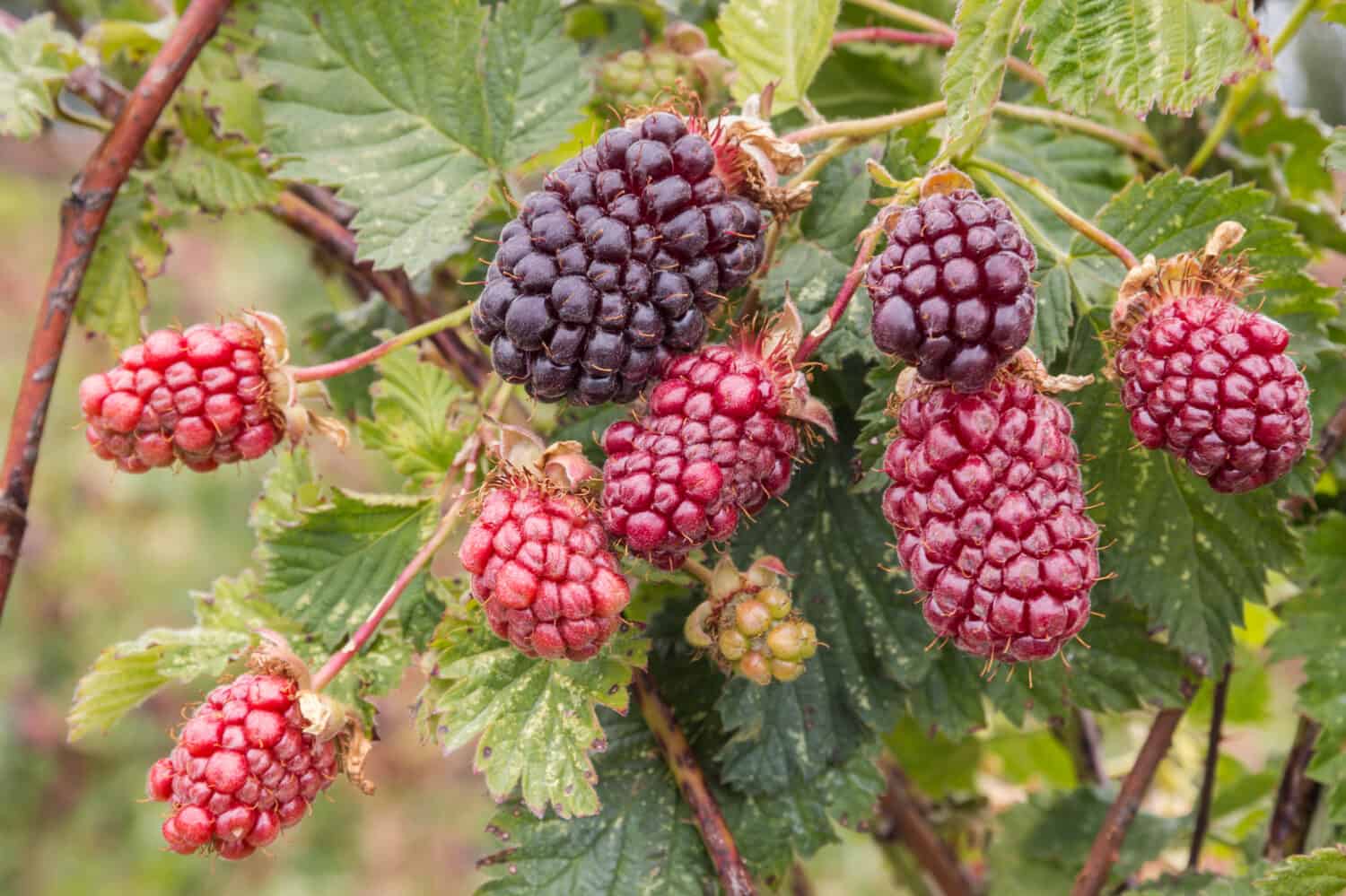
- What it is: Cross between a raspberry, blackberry, dewberry, and loganberry
- Who it’s named for: Early 20th-century California botanist Rudolf Boysen
Clementine
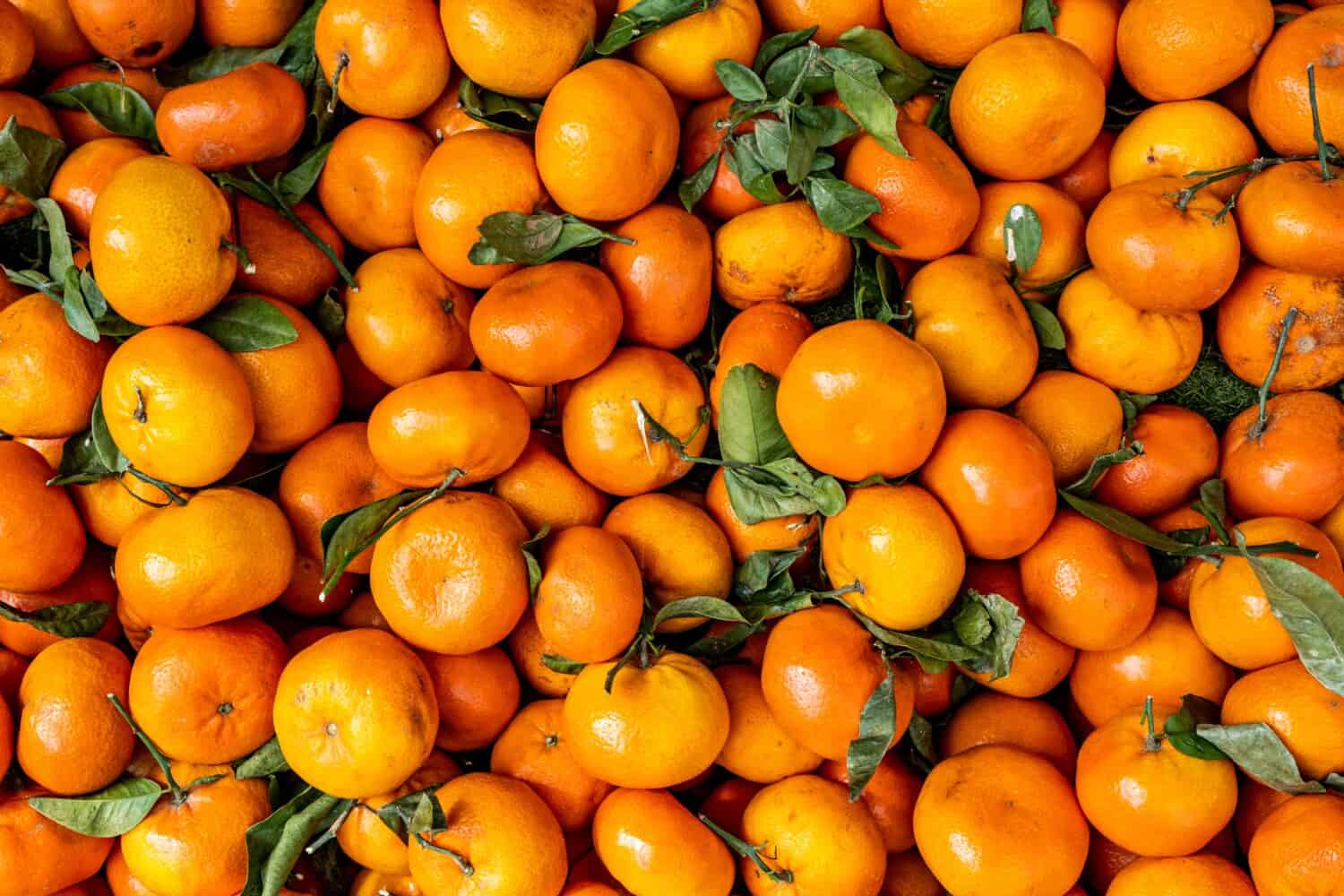
- What it is: Sweet mandarin-orange-like citrus fruit
- Who it’s named for: Early 20th-century French monk Clément Rodier, who created this hybrid fruit in North Africa
Melba toast

- What it is: Thin, very dry toast
- Who it’s named for: Australian opera singer Dame Nellie Melba, circa 1897
Graham cracker

- What it is: A sweetened cracker made with coarse-ground whole wheat flour
- Who it’s named for: 19th-century minister and anti-alcohol activist Sylvester Graham
Béchamel sauce
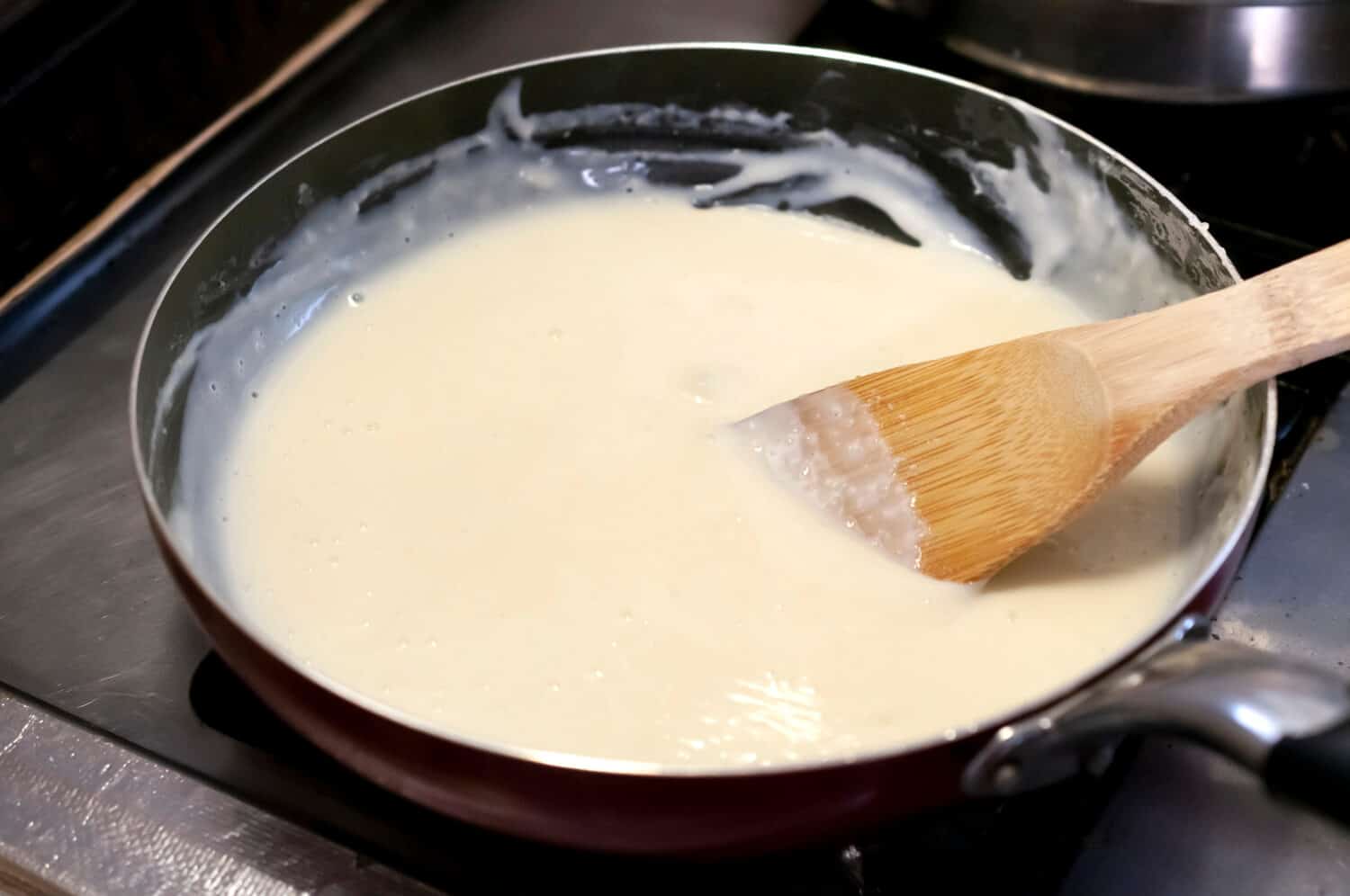
- What it is: A “mother sauce” of French cuisine, made with a roux of butter and flour with the addition of milk and a bit of nutmeg
- Who it’s named for: Louis de Béchameil, 17th-century steward to France’s King Louis XIV
Duxelles
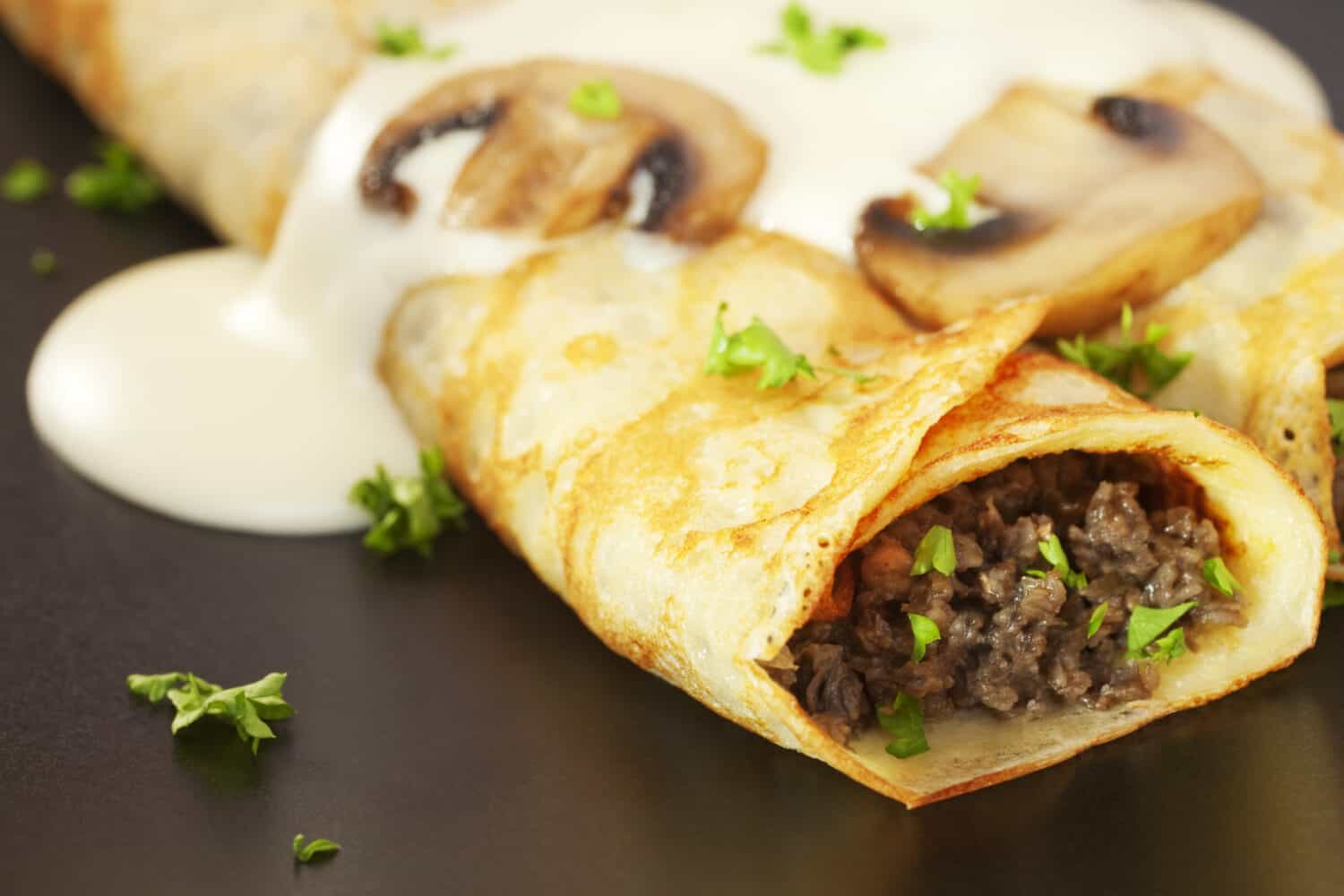
- What it is: Finely chopped mushrooms, onions, and herbs reduced in butter
- Who it’s named for: Nicholas Chalon du Blé, the 17th-century Marquis d’Uxelles (a commune in France’s Jura region)
Nachos
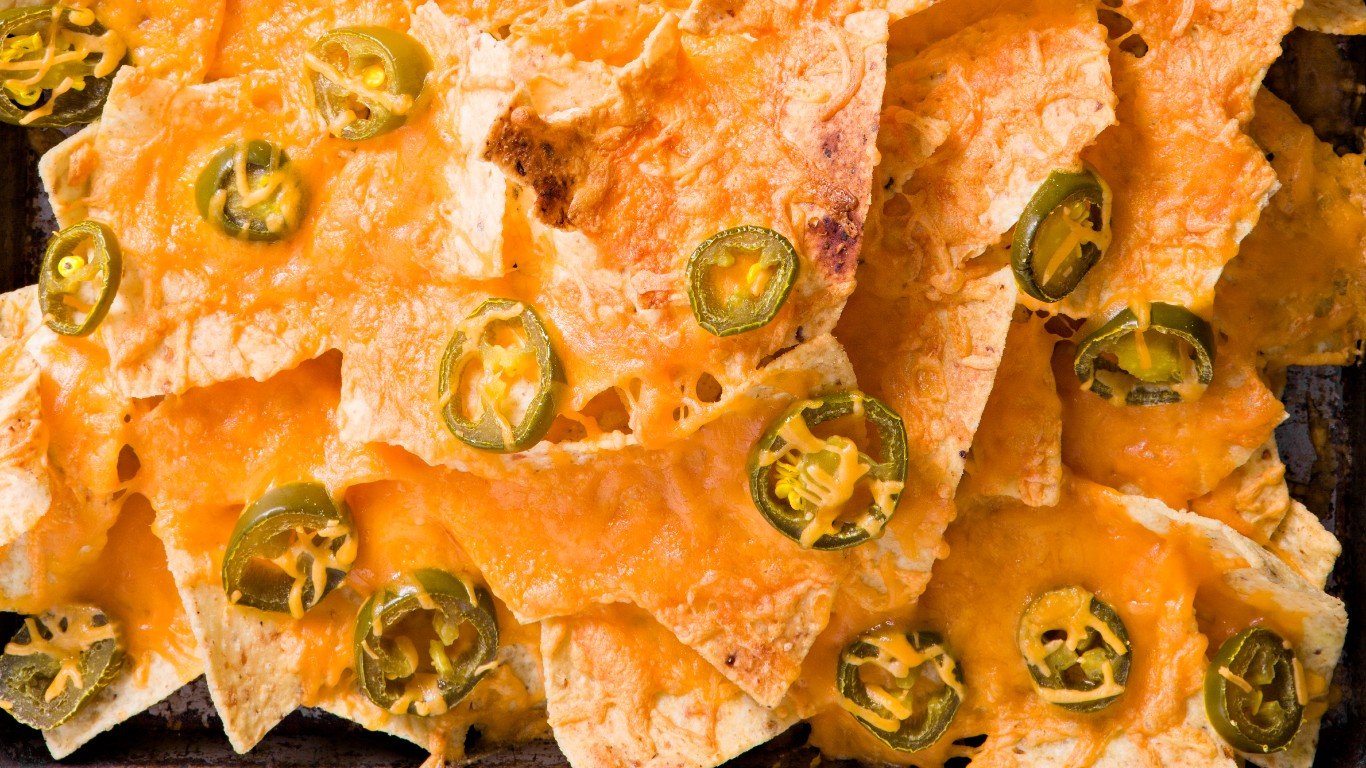
- What it is: Tortilla chips originally covered with just jalapeño slice and melted cheese
- Who they’re named for: Ignacio “Nacho” Anaya, maître d’hôtel at the Victory Club in Piedras Negras, Mexico, who first made them in 1940
Pommes Anna
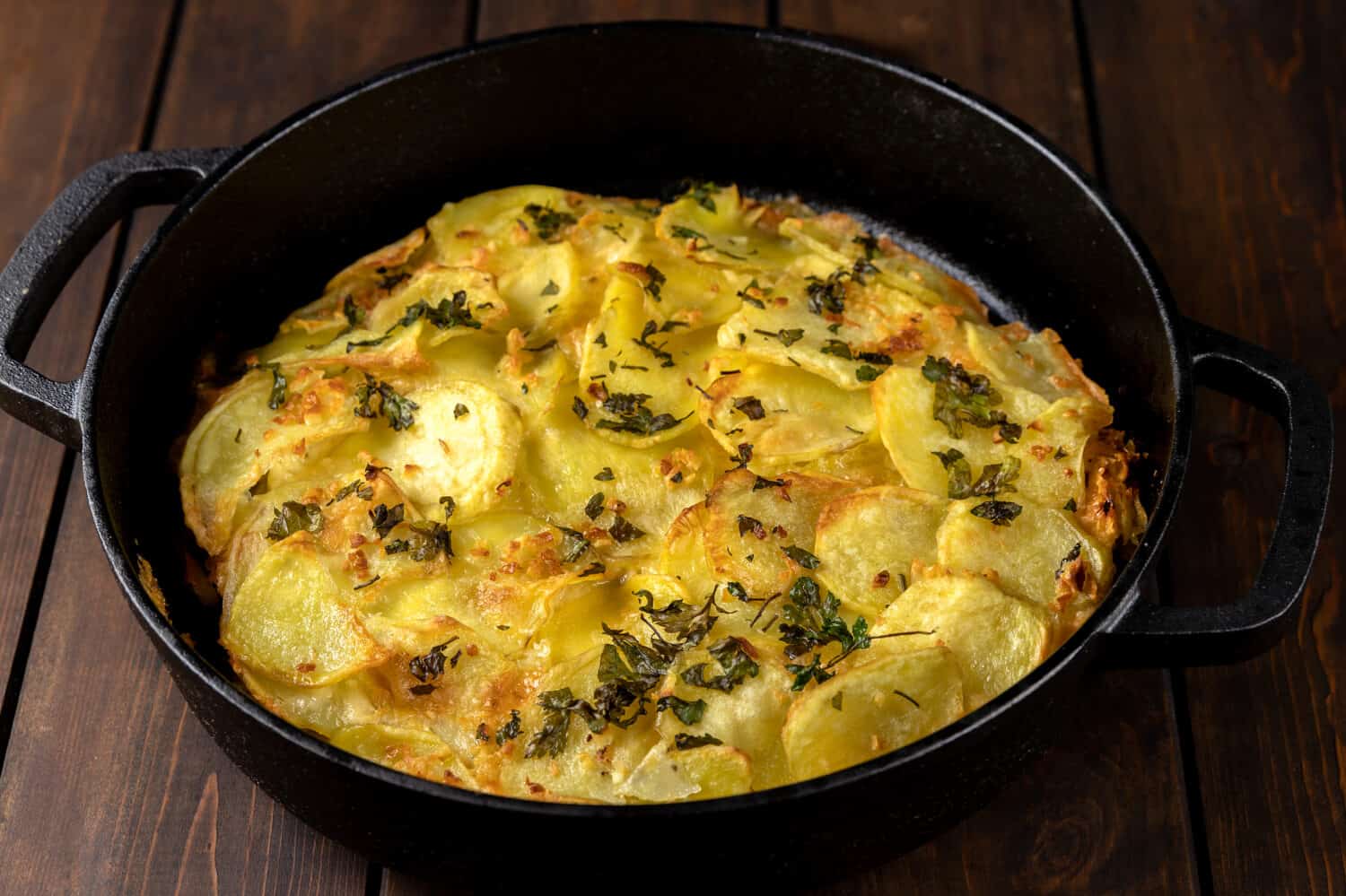
- What it is: Sliced potatoes baked into a cake form in clarified butter
- Who they’re named for: 19th-century Parisian actress and courtesan Anna Deslions
Fettuccine Alfredo
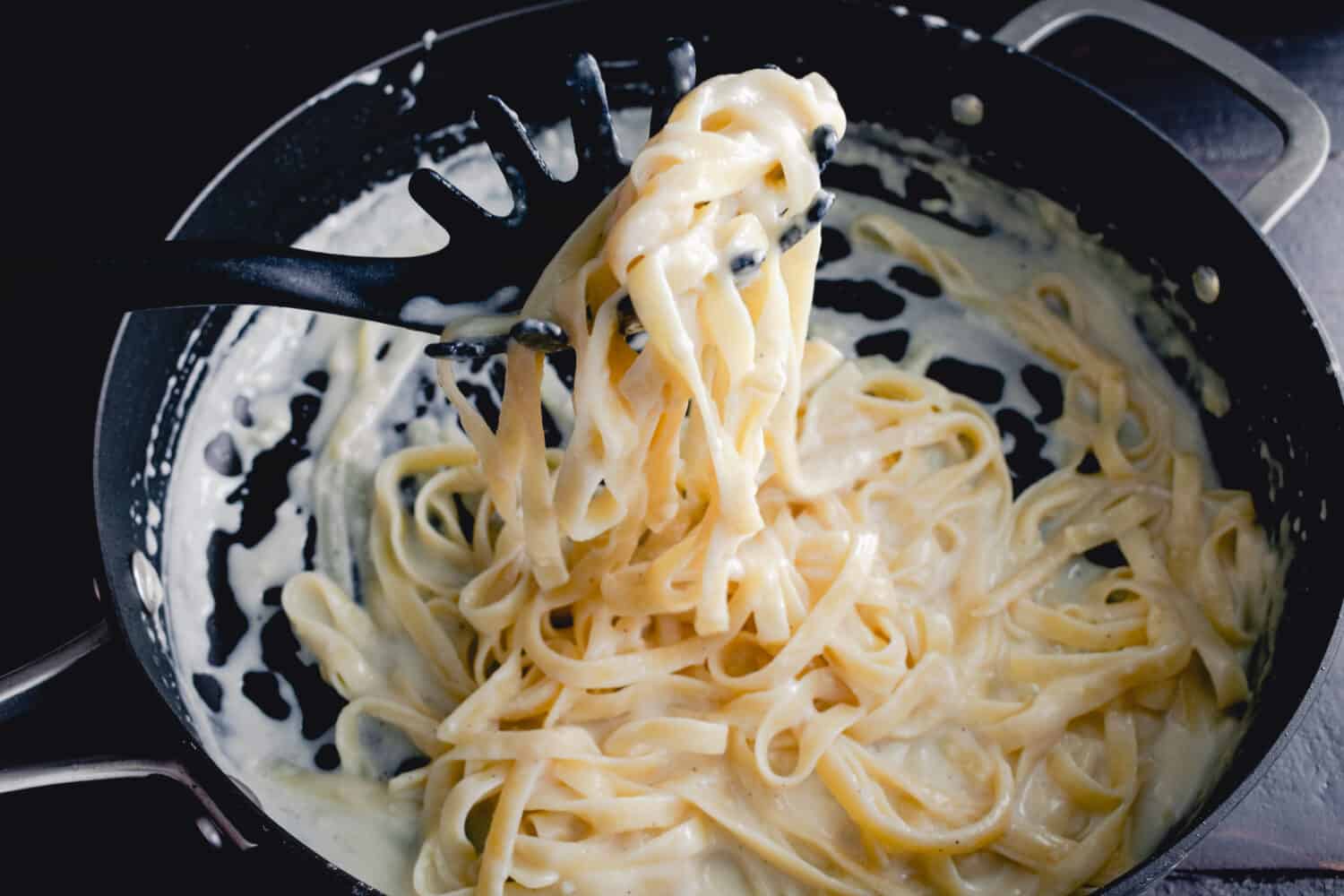
- What it is: Broad pasta noodles with rich butter and parmigiano (no cream, peas, etc. in its original form)
- Who it’s named for: Roman restaurateur Alfredo di Lelio, who invented it in the early 20th century
Bananas Foster
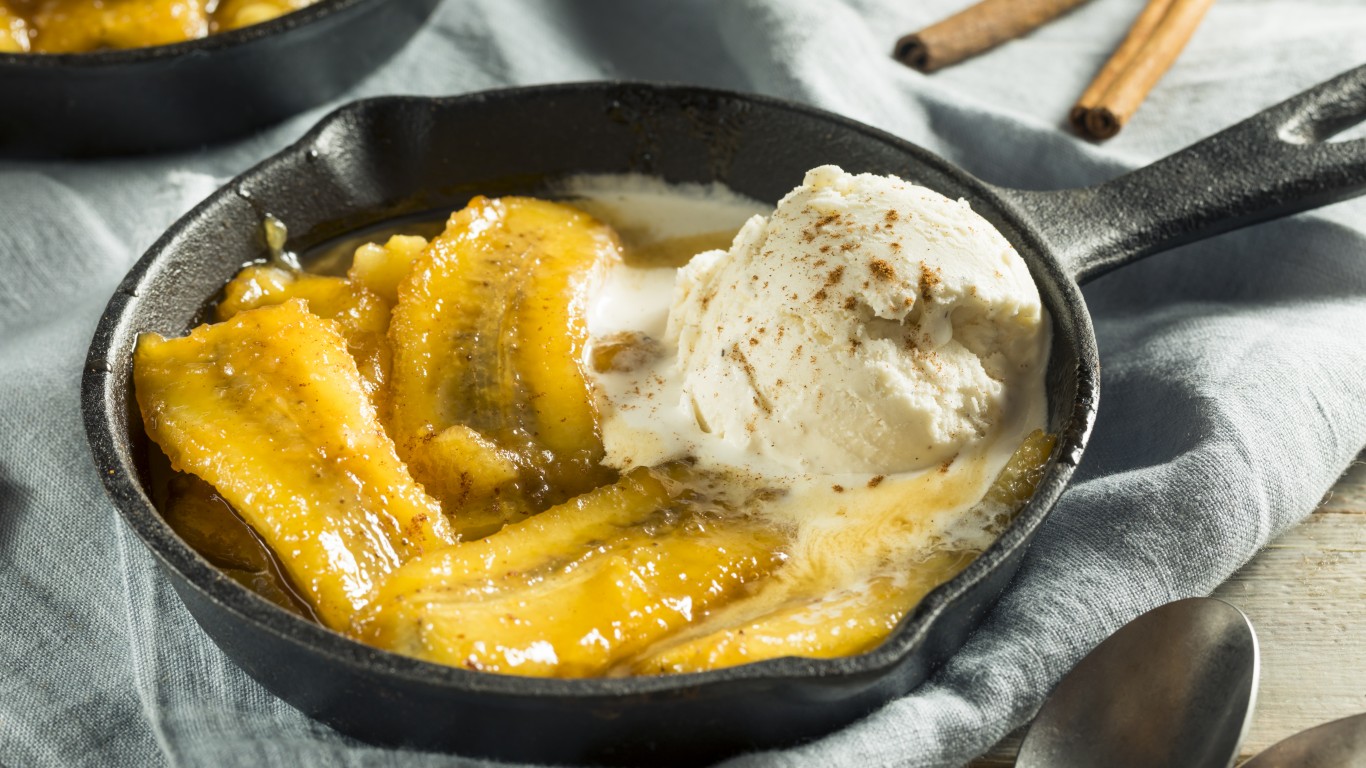
- What it is: Bananas and vanilla ice cream with a sauce of caramelized brown sugar with banana liqueur and rum
- Who it’s named for: Richard Foster, a regular at Brennan’s restaurant in New Orleans in the 1950s
Reuben sandwich
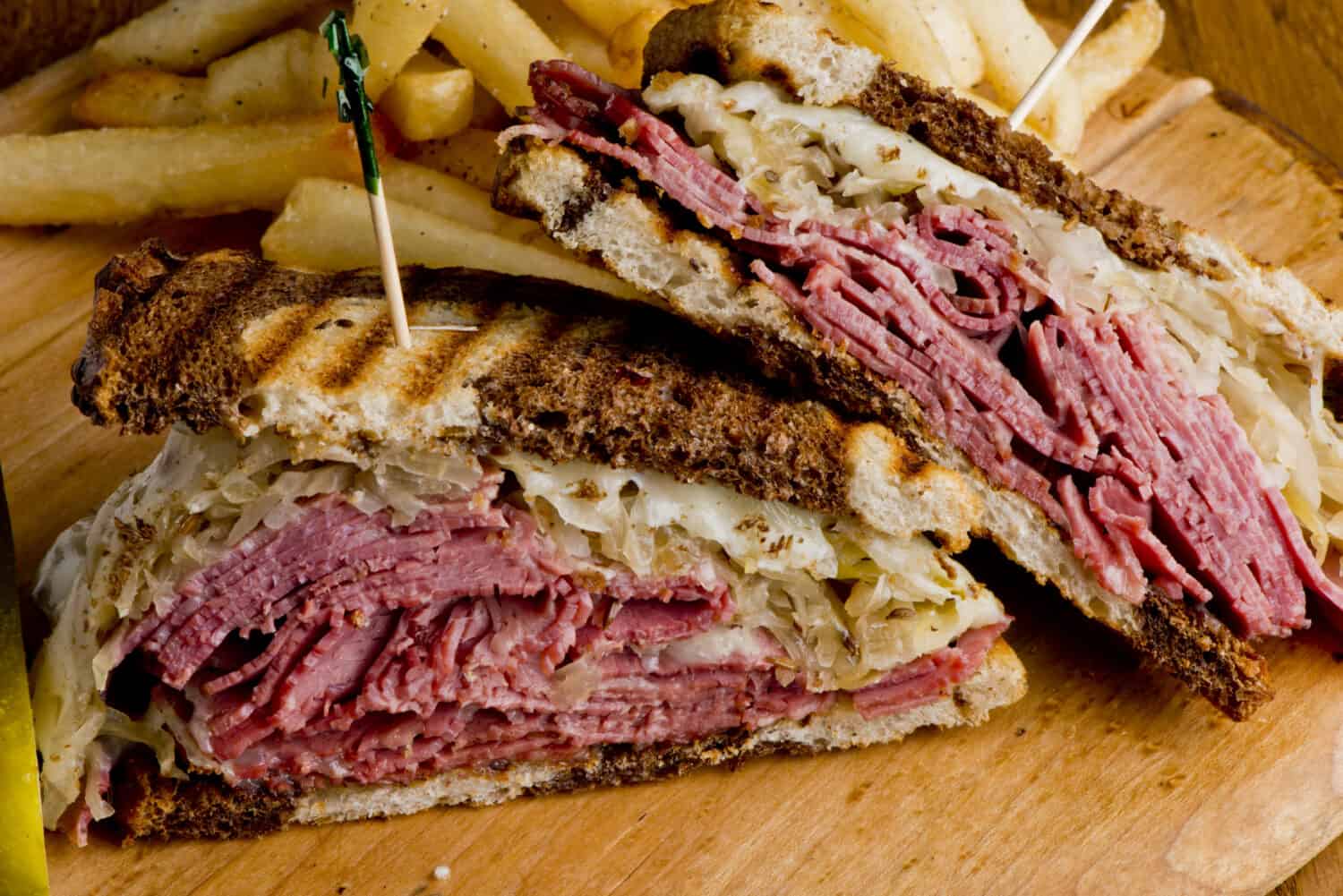
- What it is: Grilled sandwich of corned been, Swiss cheese, sauerkraut, and Russian dressing on rye
- Who it’s named for: Either Omaha restaurateur Reuben Kolakofsky (1920s) or New York restaurateur Arnold Reuben (circa 1914)
Margherita pizza
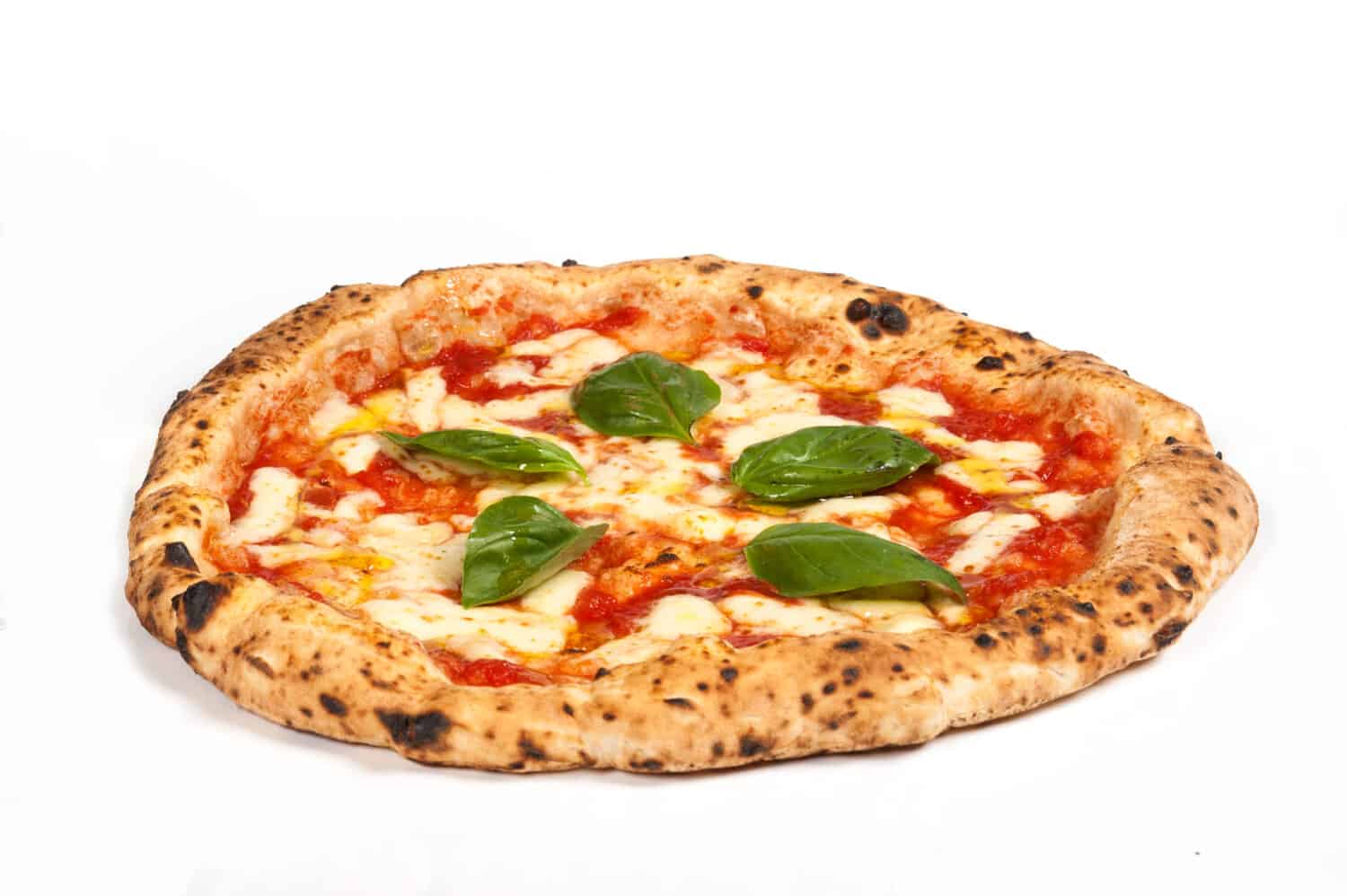
- What it is: Neapolitan pizza with mozzarella, tomato sauce, and basil leaves
- Who it’s named for: Queen Margherita of Savoy, circa 1889
Chicken à la king
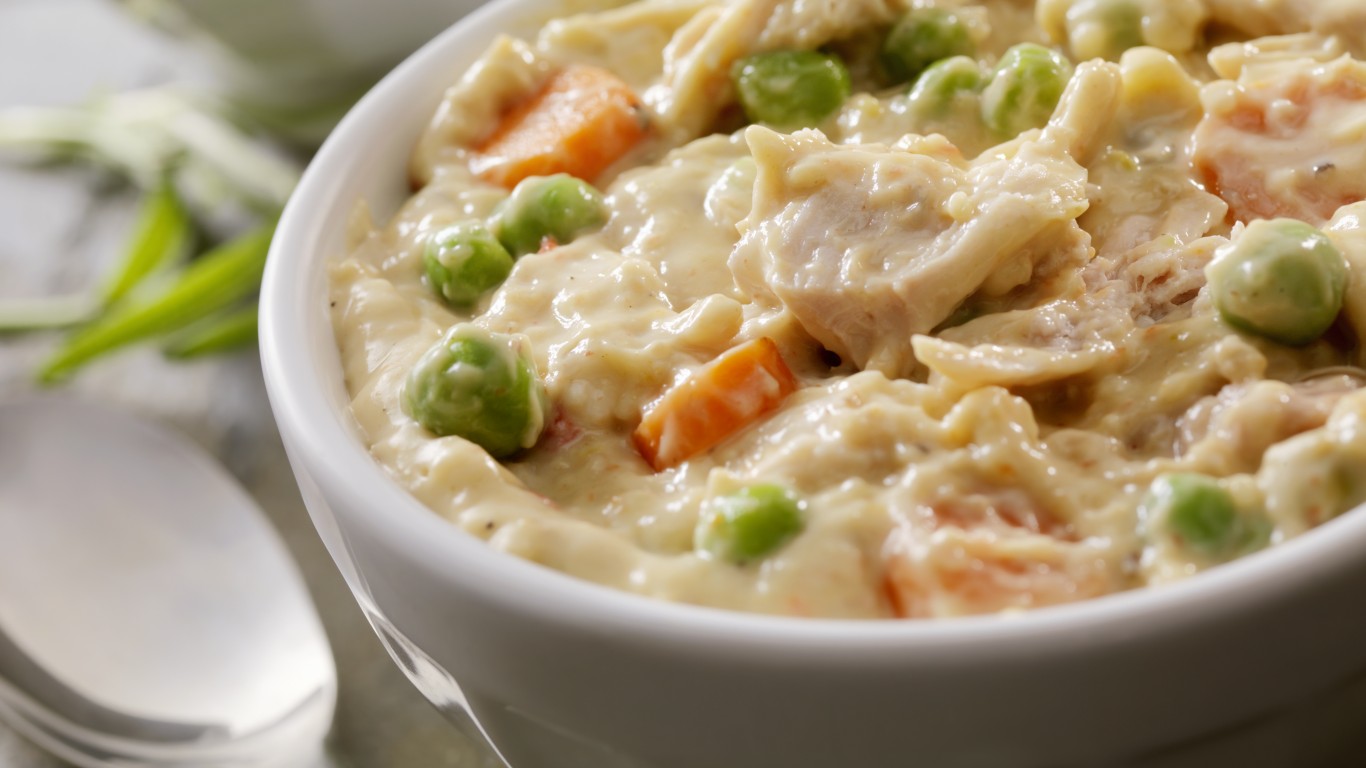
- What it is: Chicken pieces in a cream sauce with mushrooms, bell peppers, sometimes peas and carrots, and (originally) truffles
- Who it’s named for: 1890s Philadelphia hotel cook William King (maybe)
General Tso’s Chicken
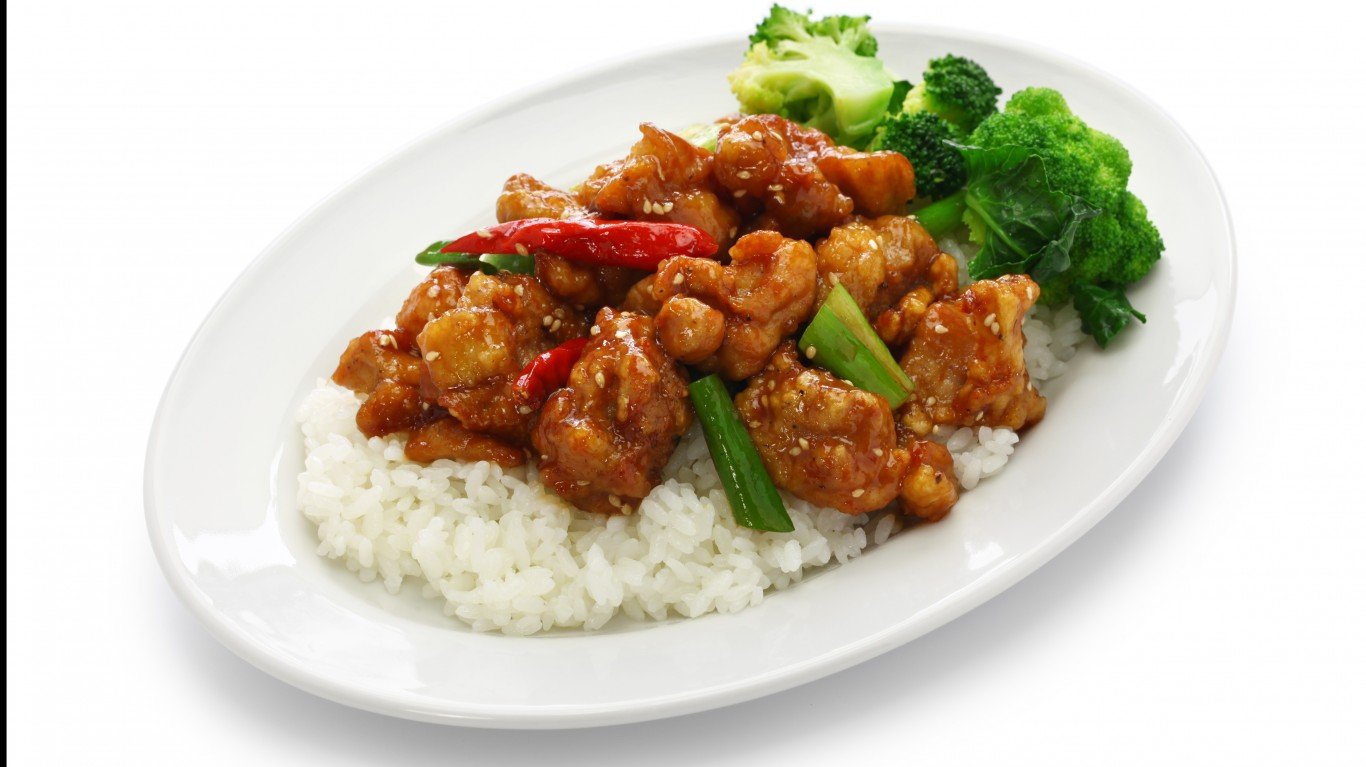
- What it is: Battered and fried boneless chicken pieces in a spicy sauce including rice wine, soy sauce, and dried whole red chiles, typically served with broccoli
- Who it’s named for: 19th-century Hunanese general Zuo Zongtang, a name formerly rendered as Tso Tsung-t’ang
Kung Pao Chicken
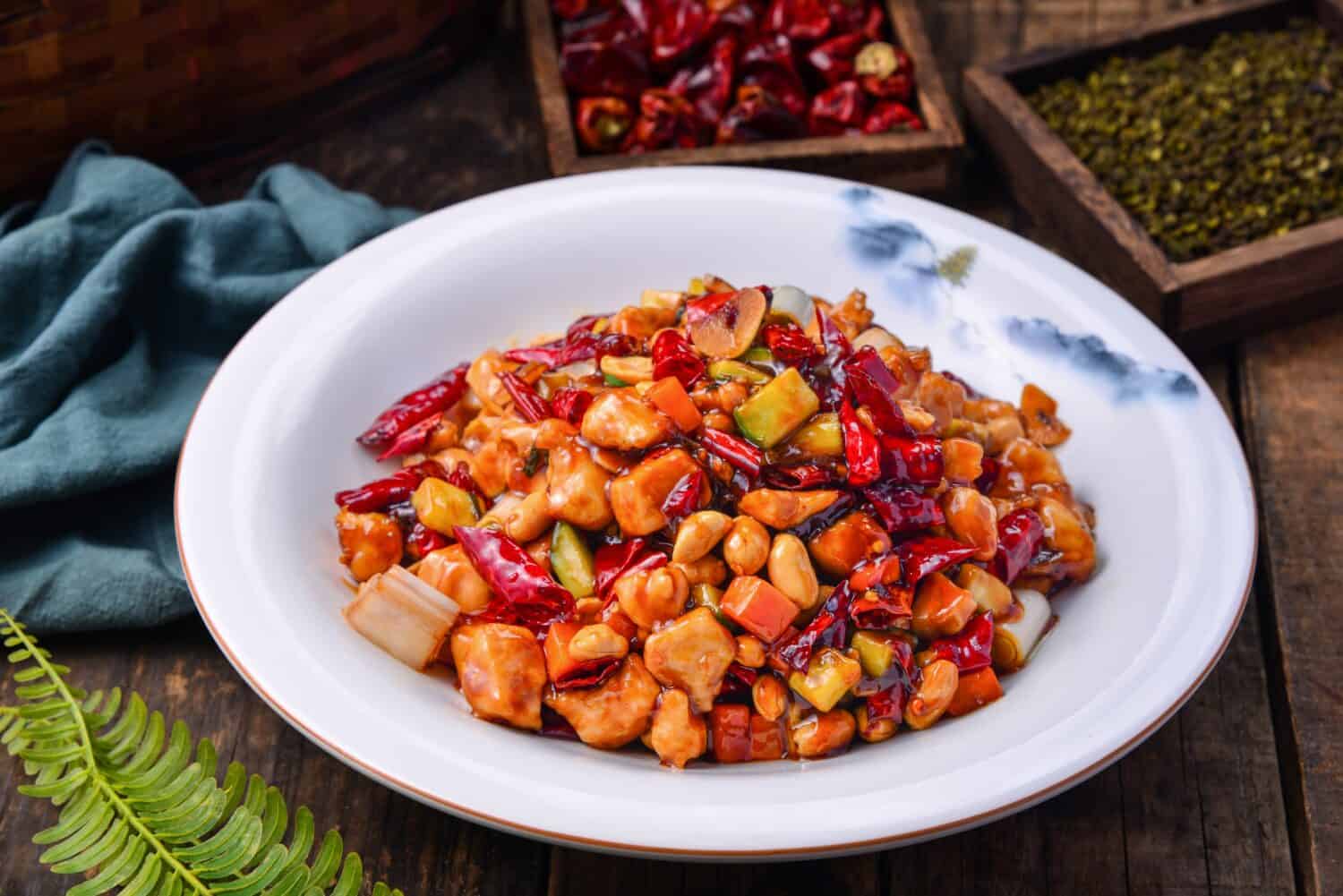
- What it is: Cubes of boneless chicken with peanuts, various vegetables, and whole or chopped dried red chiles
- Who it’s named for: A Sichuan government official of the Qing Dynasty named Ding Baozhen, whose title was Gōngbǎo, also transcribed as Kung Po, said to mean “Palace Guardian”
Beef Wellington
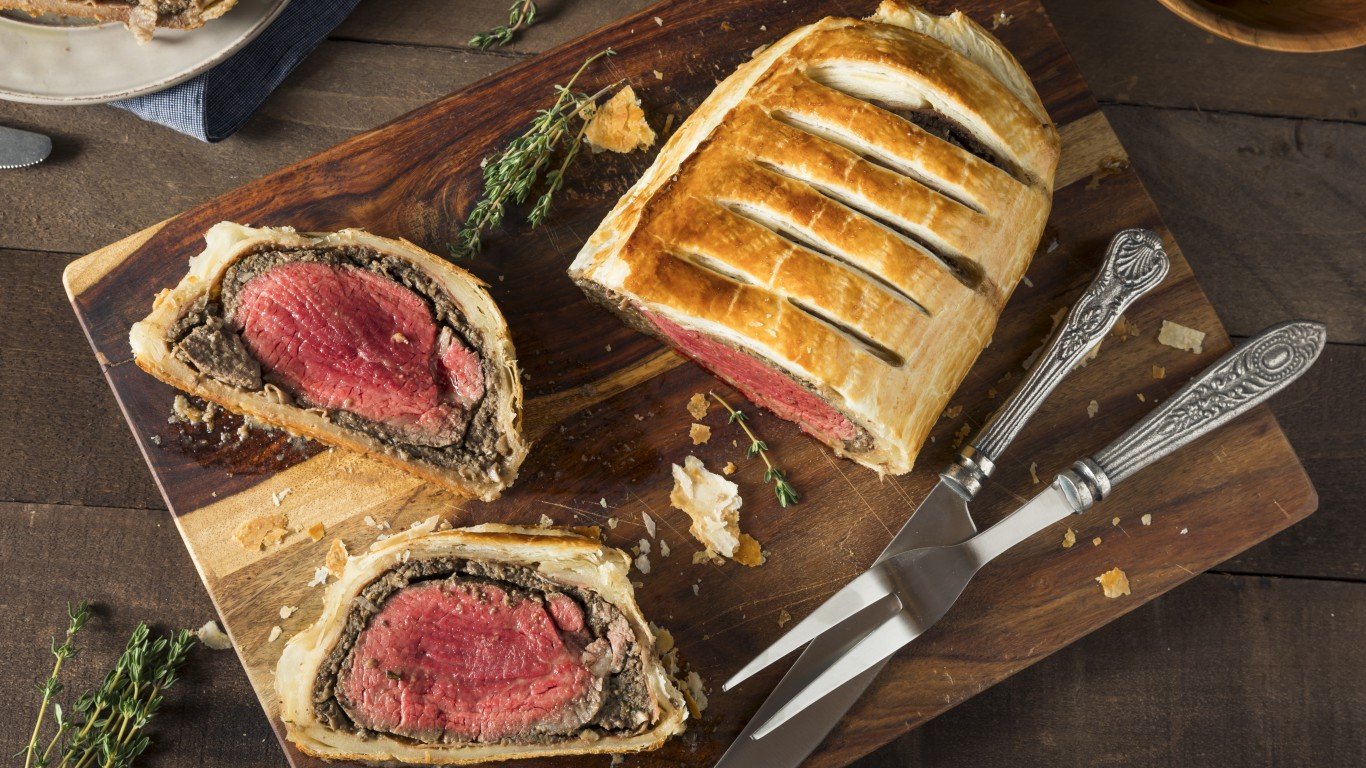
- What it is: Beef tenderloin surrounded by pâté and duxelles (see above), then baked in a pastry crust
- Who it’s named for: Arthur Wellesley, 1st Duke of Wellington (maybe)
Beef Stroganoff
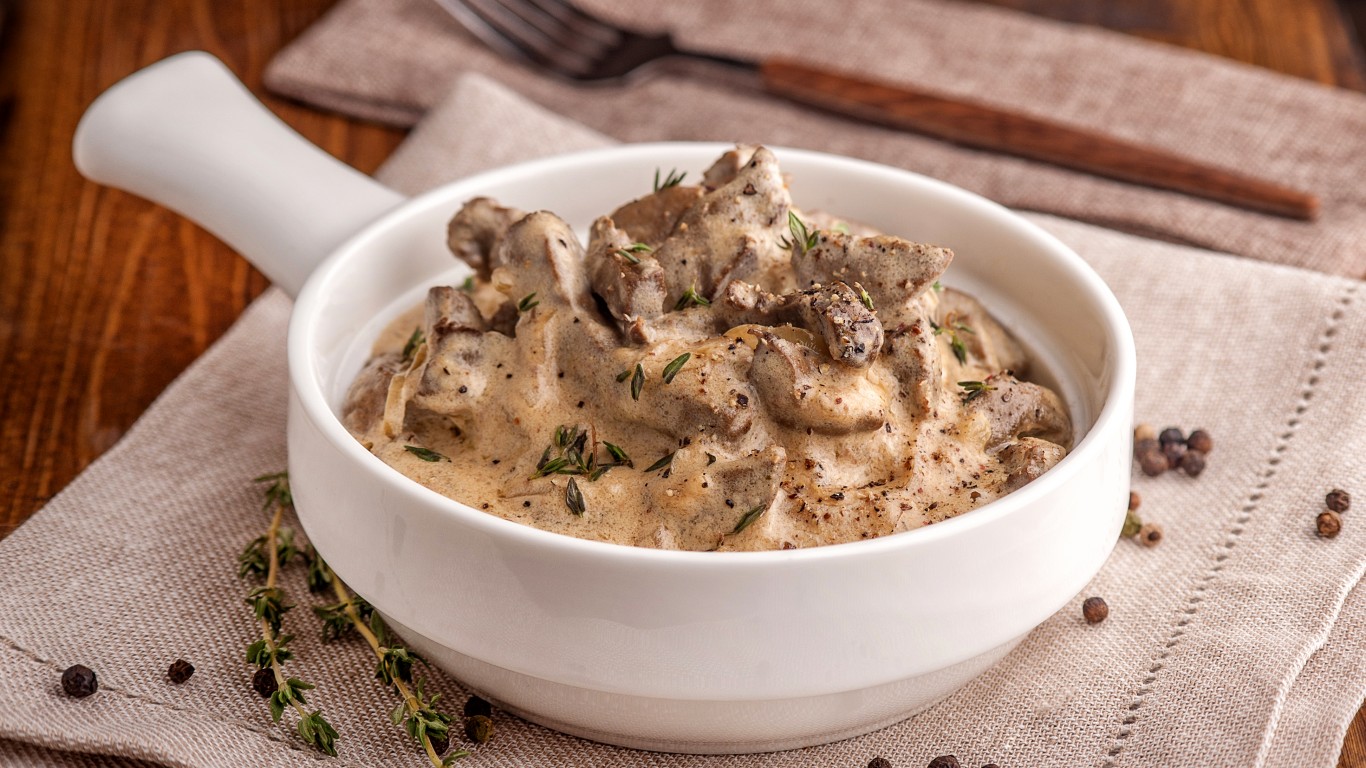
- What it is: Pieces of beef is a sour cream and mustard sauce
- Who it’s named for: One of several 19th-century Russian noblemen from the Stroganov family
Salisbury steak
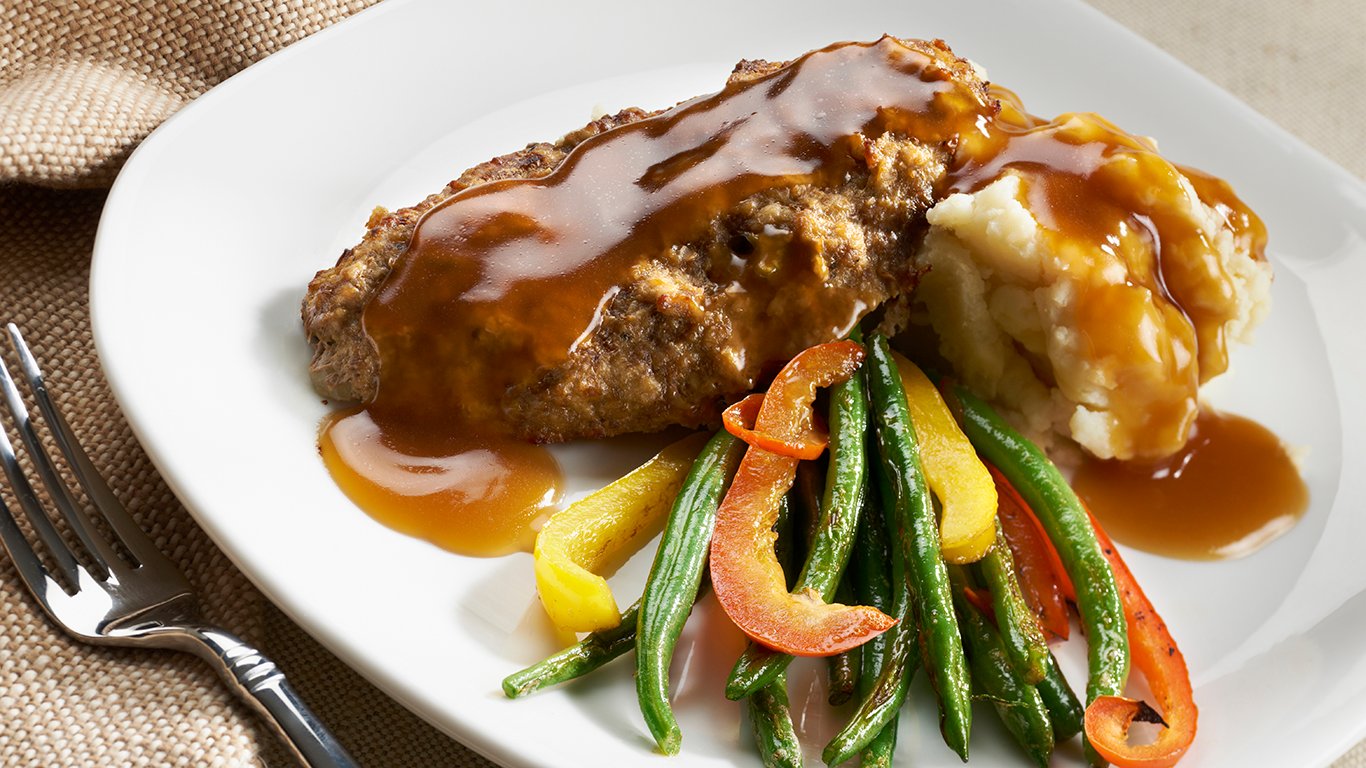
- What it is: Ground beef formed into a steak, with brown gravy
- Who it’s named for: 19th-century physician and health-food guru James H. Salisbury
Tarte Tatin
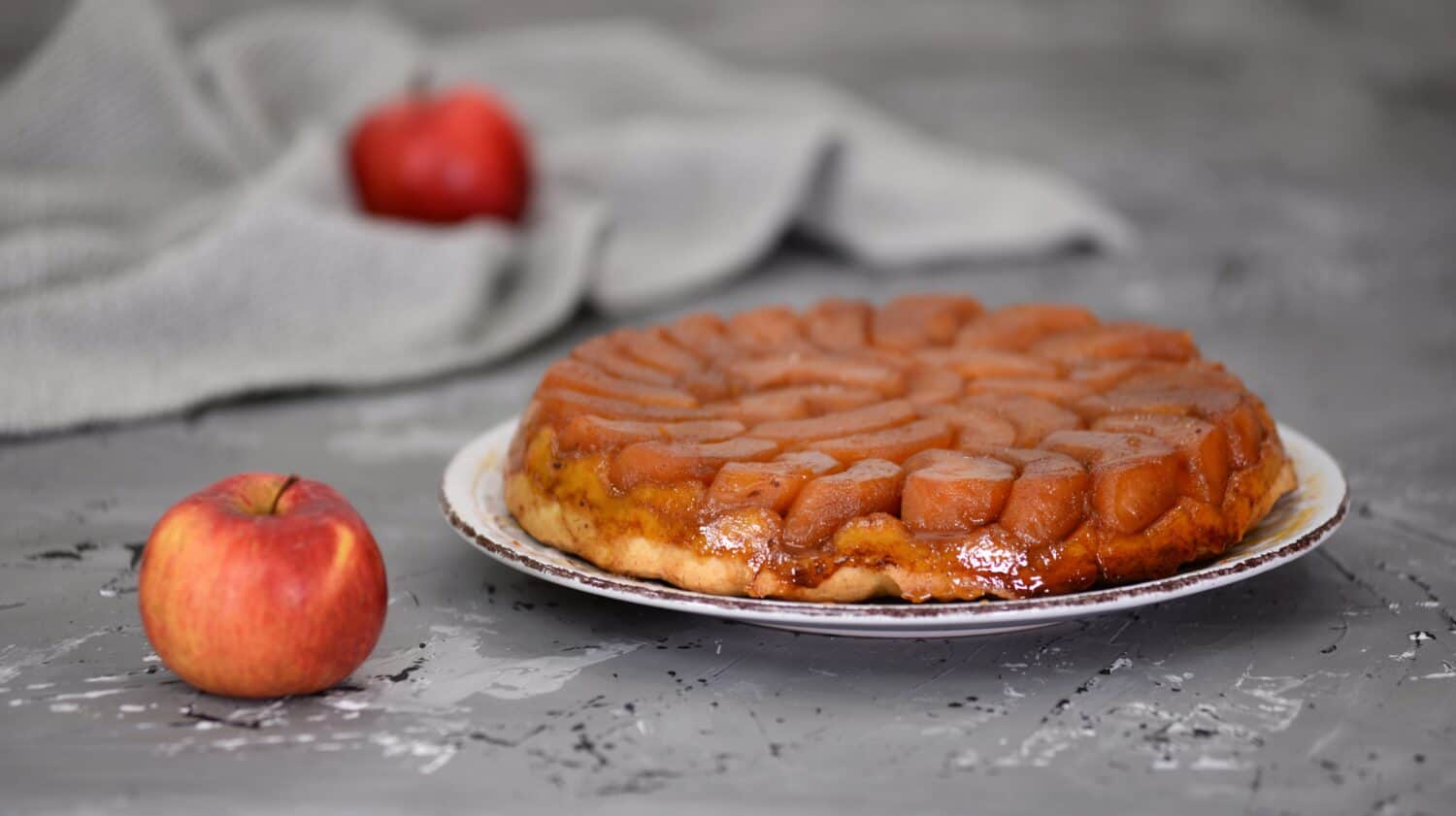
- What it is: Upside-down (crust on the bottom) caramelized apple tart
- Who it’s named for: French hotelier sisters Caroline and Stephine Tatin, 1880s
German chocolate cake
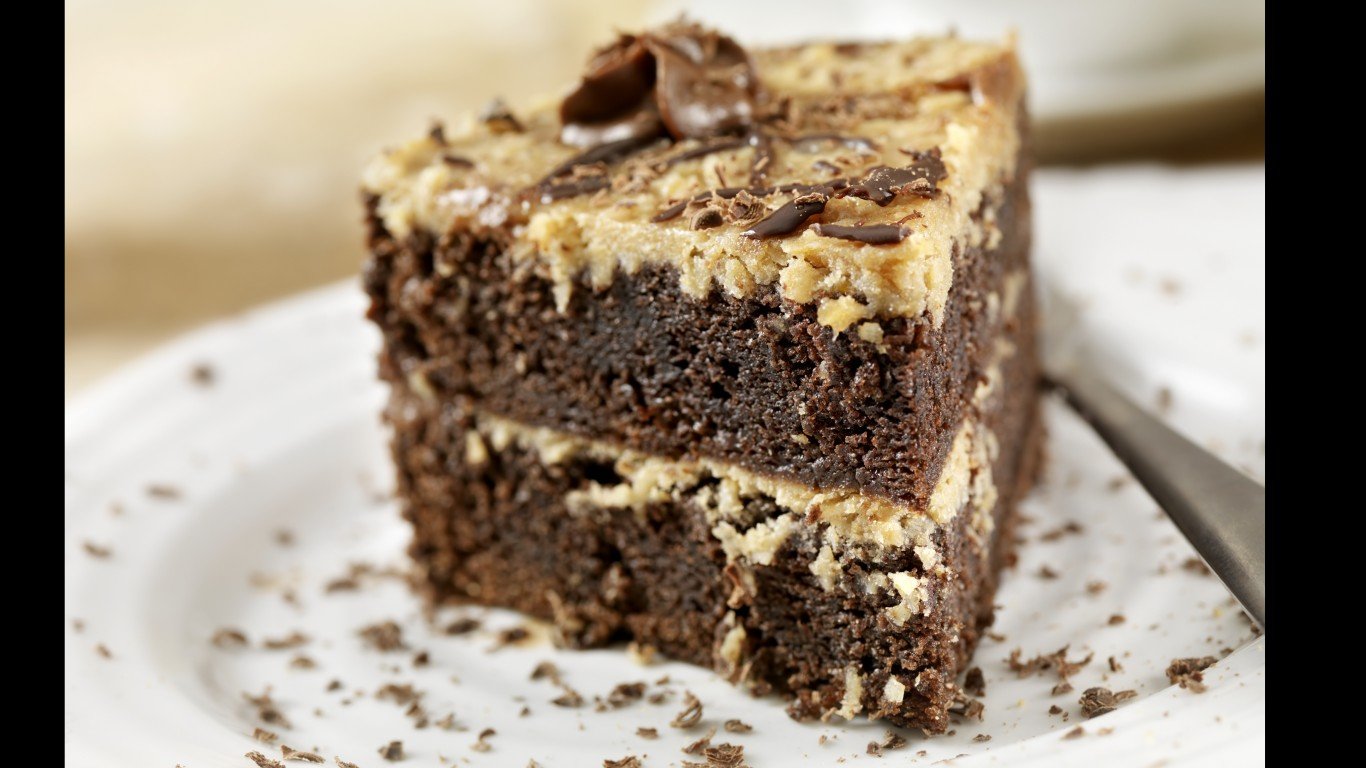
- What it is: Chocolate layer cake with coconut-pecan frosting
- Who it’s named for: 19th-century British-American chocolatier and baker Samuel German
Peach Melba
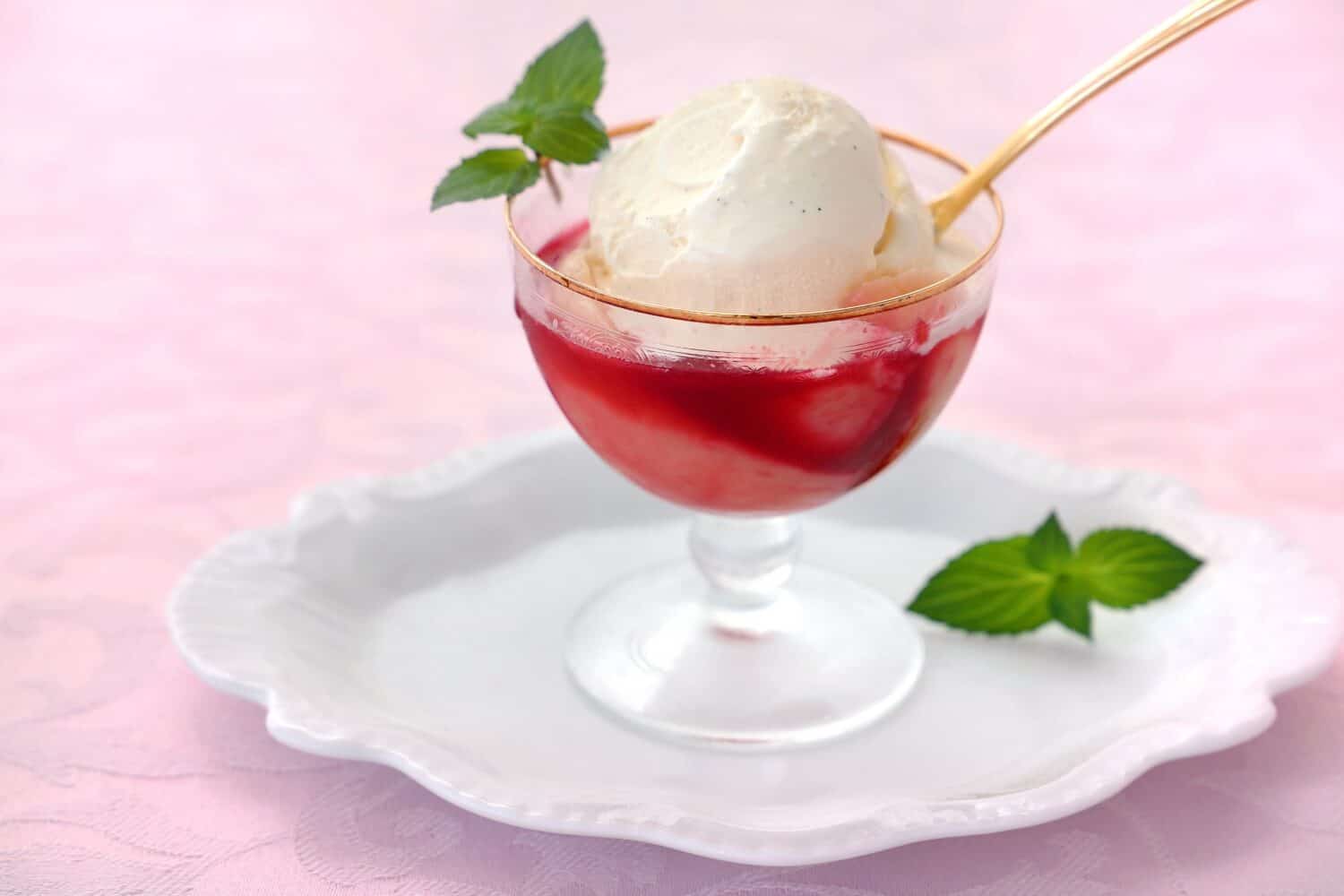
- What it is: Peach with vanilla ice cream and raspberry sauce
- Who it’s named for: Australian opera singer Dame Nellie Melba, early 1890s
Crêpes Suzette
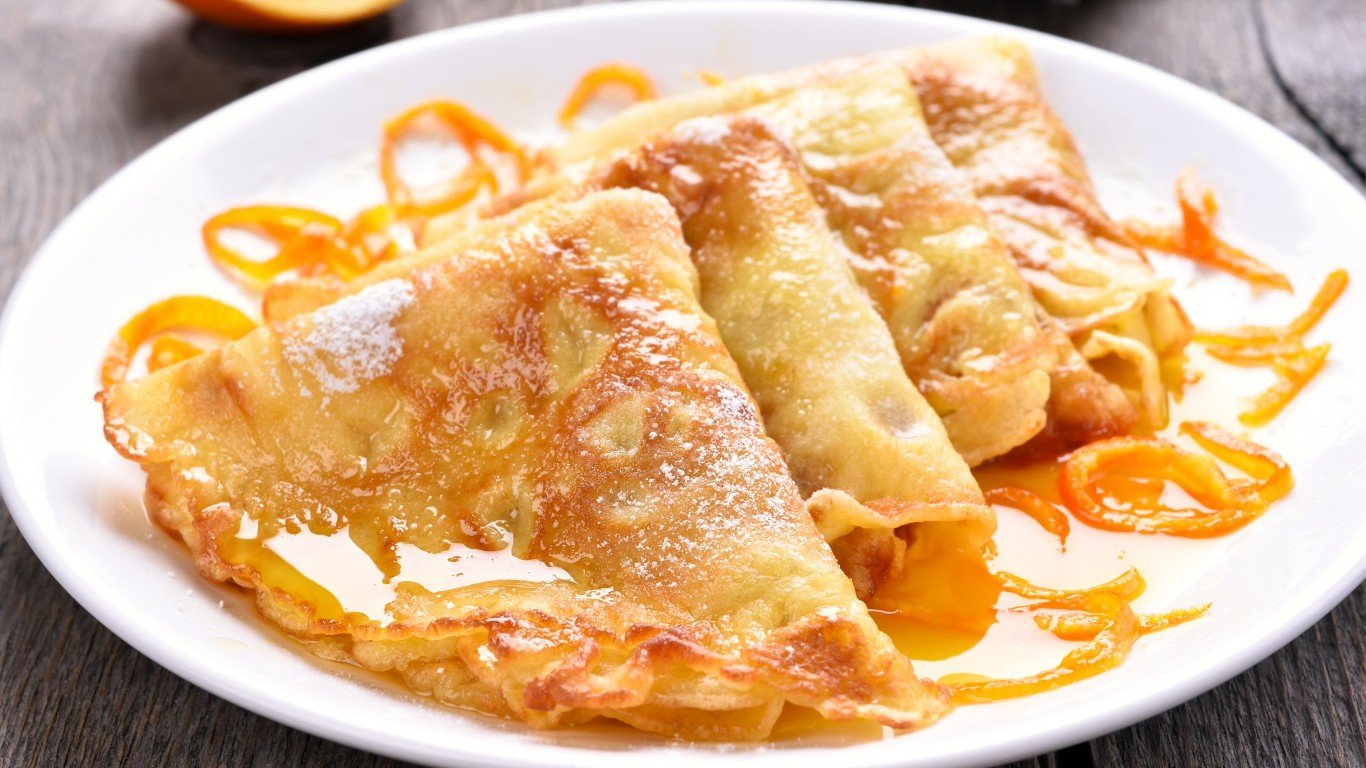
- What it is: Crêpes in a sauce of caramelized sugar and butter with orange juice and orange liqueur (which is flambéd tableside)
- Who it’s named for: Probably French actress Suzanne Reichenberg, whose stage name was Suzette, late 1890s
